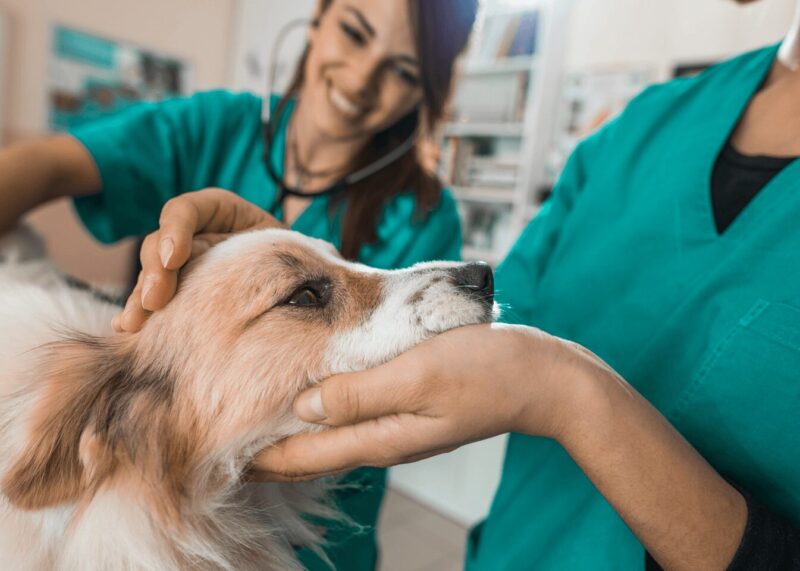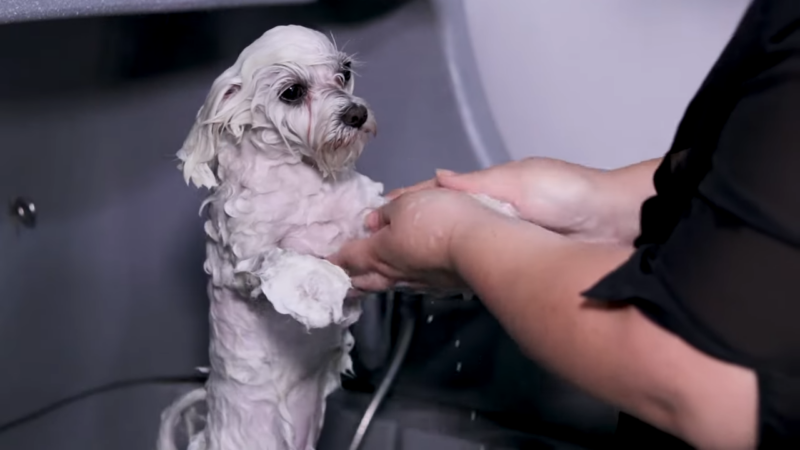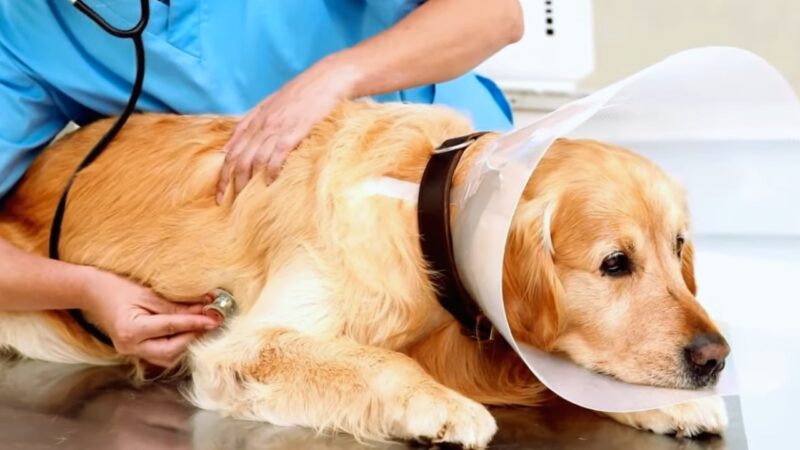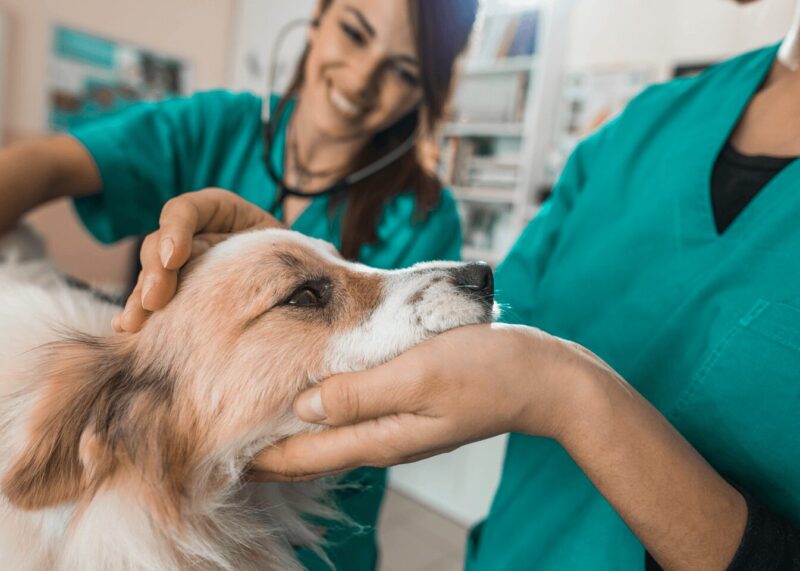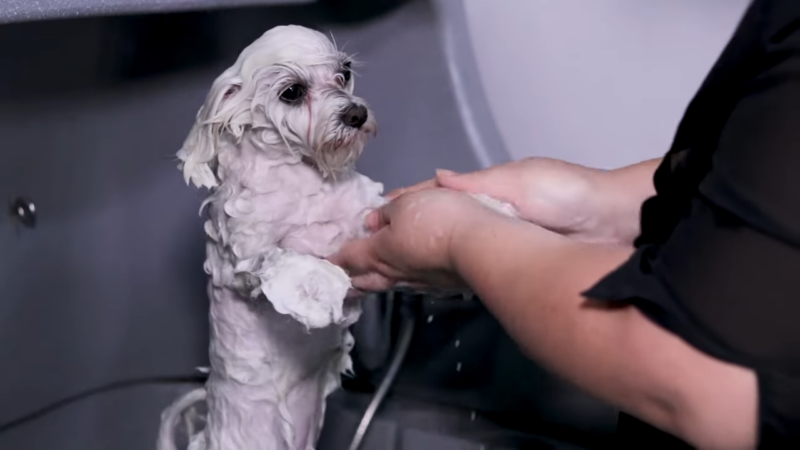
-
 Anita Kantar
Anita Kantar
- Published:
- Updated: March 14, 2024
- Category: Dog Specific Care
Share Post:
Rural communities have an 11.5% higher rate of overall pet keeping and a 19% higher dog ownership rate than urban communities. This is not surprising, as many pet owners worry they won’t be able to meet their pets’ needs and maintain their happiness in urban areas.
Yet, with some effort, it is possible to raise happy pets in urban environments. Continue reading this article to learn how to make your pet’s life better. P.S. These tips are from a dog owner who lives in a quite large city!
Key Takeaways
How to raise a happy pet in urban environments?
Register and license your pet
Your pet must have identification in the city, just like you do (it’s usually required for dogs and cats). This is a legal step that is frequently required by the city, so there isn’t much of a choice, but it has benefits and should be done even if it isn’t necessary. Different cities have different rules, so you should check your local regulations.
This piece of paper serves as your pet’s passport in the urban world, ensuring that they are recognized as an official citizen of the city. It’s a simple process that demonstrates responsible pet ownership.
If you’re still wondering why you should do it, here are a few reasons:
- It establishes ownership over your pet.
- It guarantees that pets are immunized against diseases such as rabies.
- It aids in the identification of your pet, allowing for prompt reunification if they get lost.
- It provides funding for animal control, which helps with the care and rehoming of lost pets.
- Many animal shelters keep licensed pets longer, which increases the likelihood that the pets will be reunited with their owners.
Take care of your pet’s paws

Urban environments can turn into a fry pan for your pet’s paws, especially in the summer months. Sidewalks and streets absorb heat and can reach scorching temperatures, posing a risk to your pet’s delicate paw pads. To avoid discomfort or even burns, try the five-second rule: place the back of your hand on the pavement. If you can’t keep it there for five seconds, it’s too hot for your pet’s paws.
Stick to the following tips:
| What to do? | How to do it? |
|---|---|
| Check temperature | If the temperature is 85 degrees Fahrenheit or higher, the ground may be too hot for safely walking a dog. |
| Choose foot coverings | Use dog shoes or booties with wrap-around closures and full-foot grips on the bottoms to protect your dog’s paws. |
| Moisturize paws | Regularly moisturize your dog’s paws with pet-friendly and veterinarian-approved lotion or paw wax to prevent injuries like cuts, cracking, or peeling. |
| Select terrain | Stick to grass, dirt, or softer terrain instead of pavement and roads. If possible, choose shady and cool routes. |
| Walk during cooler times | Opt for walks in the early morning and late evening when the pavement is cooler. Avoid walks during the hottest part of the day. |
| Do the pre-walk preparation | Apply paw wax on your dog’s paws before leaving the house. Find a good brand at your local pet store. |
Keep your pet socialized
Picture this: the sun’s out, and the city is alive with the sounds of the morning rush. What better way to start the day than with a relaxing walk with your four-legged friend?
Socializing your pet in an urban setting is important for several reasons, including:
- It improves their adaptability, confidence, and ability to cope with a wide range of stimuli, from noises to crowds.
- Socialized pets are more comfortable during grooming and vet exams, making the process easier for both the pet and the owner.
- Early exposure to different stimuli in urban environments reduces the likelihood of fear-based behaviors and aggression in adult dogs.
- The complexity of city environments tests pets’ cognitive and sensory abilities, resulting in a more engaged, alert, and physically fit dog.
- Socialized pets are less likely to exhibit aggressive behavior because they become more comfortable with new people, animals, and environments.
Pet-friendly parks and cafes are great for this, so be sure to check them out. Remember, always ask before your dog greets a stranger or another dog.
Get your pet used to the leas
Here’s a myth buster for you: walking on a leash isn’t a skill pets are born with. It’s learned. And guess what? You’re the teacher. Start indoors with a lightweight leash, turning it into a game. Treats are your best friend here (next to your pet, of course). Gradually take your adventures outside, keeping initial outings short and sweet.
Keeping your pet on a leash in public areas ensures their safety by preventing them from running into traffic, encountering aggressive animals, or getting lost. Also, in many neighborhoods, towns, and cities, there are leash laws that require dogs to be on a leash in public places.
But, this is not just about keeping your pet safe; it’s about building a bond. So, when you say, “Let’s go for a walk,” it’s music to their ears.
And, don’t forget – not everyone is comfortable around dogs, some people may have allergies or fears. Keeping your pet leashed shows consideration for others’ preferences and ensures a positive experience for everyone in the community.
Microchip your pet
Imagine if you could put ‘Return to Sender’ on your pet. Well, you can with microchipping.
It’s a safety net for those moments when your pet decides to explore the urban jungle on his own. A quick scan by a vet or shelter, and your adventurous pet will be back in your loving arms.
Always keep your contact info up to date on the chip. It’s like updating your pet’s “In Case of Emergency” contact list.
Did you know? Microchipped dogs were returned to their owners 52.2% of the time, while unmicrochipped dogs were reunited with their families only 21.9% of the time. Similarly, microchipped cats had a return rate of 38.5%, compared to 1.8% for cats without microchips
Give your pet a place of their own
Urban living often means smaller spaces, but that doesn’t mean your pet can’t live large.
For dogs, consider breeds known for being apartment-friendly. You’d be surprised to find that some larger breeds like Great Danes are actually perfect for apartment living because of their chill nature.
Cats? They love vertical space. A tall cat tree next to a window can provide hours of entertainment. It’s not just about the space you have; it’s about how you use it.
Give your pet time to relax

After a day of urban exploration, everyone needs some downtime, pets included. Make sure your pet has a cozy, quiet space to retreat to when the city life gets a bit too much. This helps prevent anxiety and ensures your pet can handle being alone without turning your shoes into chew toys.
Fun Fact: Cats and dogs have dreams just like we do. So when you see their paws twitching in their sleep, they might be dreaming about chasing pigeons in the park or finding the perfect sunny spot on the windowsill.
Provide your pet with a routine
Pets thrive on routine. Regular meal times, walks, and bedtime help them feel secure. This is even more important in an environment that can be unpredictable. A routine will provide your pet with a comforting sense of order in the midst of urban chaos.
Shower your pet with affection and understanding
Last but not least, the secret ingredient to a happy urban pet life is love. Understanding your pet’s needs and responding to them with patience and care will make dealing with city life a walk in the park. Your pet doesn’t just live with you; you share a life together. Celebrate the small moments, from morning cuddles to evening strolls under the city lights.
FAQs
Conclusion
Raising a happy pet in an urban environment is all about adapting to the challenges.
It’s a journey you and your pet take together, discovering the joys of city living paw in hand. With these tips, you and your pet will be rocking city life and living happily ever after.
Related Posts:


